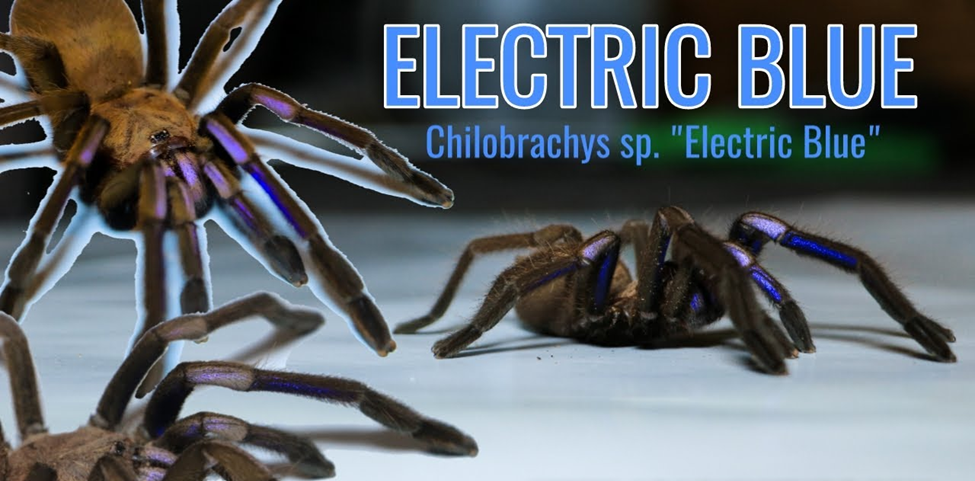Free Courses Sale ends Soon, Get It Now


Free Courses Sale ends Soon, Get It Now



Copyright infringement not intended
Picture Courtesy: thespidershop.co.uk
Context: Scientists have found a new species of tarantula in Thailand with a mesmerizing electric blue hue. The tarantula, named Chilobrachys natanicharum, was found in the mangrove forests of Phang-Nga province.
About Chilobrachys natanicharum
Key Characteristics and Facts about Tarantulas
|
Habitat |
●Tarantulas can be found in a variety of habitats, including tropical rainforests, deserts, grasslands, and forests. They are especially diverse in the Americas, but they can also be found in other regions. |
|
Size |
●Tarantulas vary in size, but they are generally larger than most other types of spiders. Adult tarantulas can range from a few inches to over 10 inches in leg span, depending on the species. |
|
Appearance |
●Tarantulas are often recognized by their hairy bodies and legs. The hair on their bodies serves various purposes, including sensory functions and protection. These hairs can come in various colours and patterns, as seen in the case of the Chilobrachys natanicharum with its blue-violet hue. |
|
Behaviour |
●Tarantulas are primarily nocturnal predators. They use their strong jaws and venomous fangs (chelicerae) to subdue and consume prey, which can include insects, small vertebrates, and other arthropods. |
|
Lifestyle |
●Tarantulas can be both terrestrial (ground-dwelling) and arboreal (tree-dwelling), depending on the species. Some species live in burrows, while others may create silk-lined retreats in trees or other elevated locations. ●The lifespan of tarantulas varies among species but can range from several years to several decades. Some tarantulas have relatively long lifespans, and they may go through multiple moulting stages as they grow. |
|
Venom |
●While tarantulas are venomous, their venom is usually not considered dangerous to humans. Bites from most tarantula species are generally no worse than a bee or wasp sting, causing localized pain and discomfort. |
Conclusion
|
PRACTICE QUESTION Q. What type of habitat is Phang-Nga province known for? A) Desert B) Mangrove forests C) Alpine meadows D) Coral reefs Answer: B Explanation: Chilobrachys natanicharum was discovered in the mangrove forests of Phang-Nga province, known for its unique ecological characteristics. |
© 2024 iasgyan. All right reserved